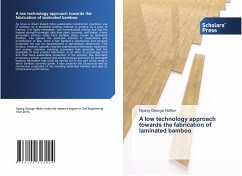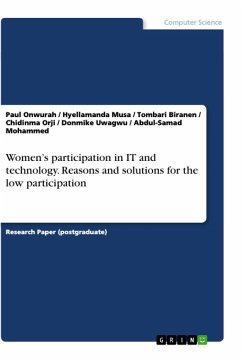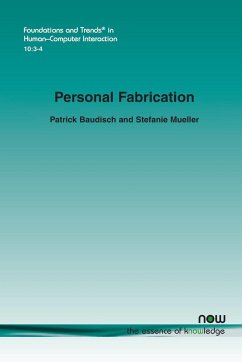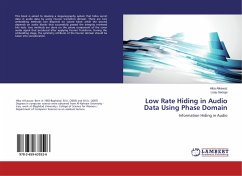As focus is drawn toward more sustainable construction practices, use of bamboo as a structural building material is growing as a topic of interest. It is highly renewable, has low-embodied energy and has the highest strength-to-weight ratio than steel, concrete, and timber. A new generation product made from bamboo strips, known as laminated bamboo, has gained the particular interest of researchers and practitioners of late, since it has bamboo's mechanical and physical properties but can be manufactured in well-defined dimensions. This product, however, typically requires sophisticated fabrication equipment and energy intensive pressing processes that generally limit the possibility of local product fabrication. In an effort to encourage local and thus more sustainable production of the product, this document proposes a simple, practical and low-technology approach for laminated bamboo fabrication that could be carried out in any part of the world in which bamboo currently grows. It also presents the physical as well as mechanical properties of the resulting laminated bamboo and also its compressive performance.








